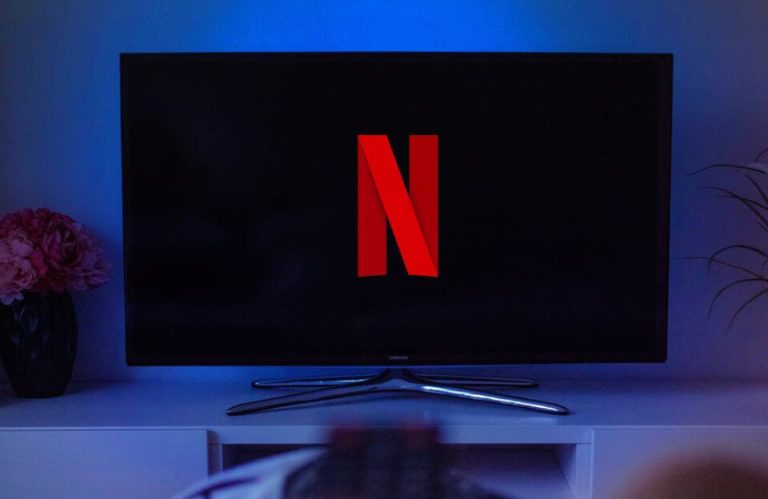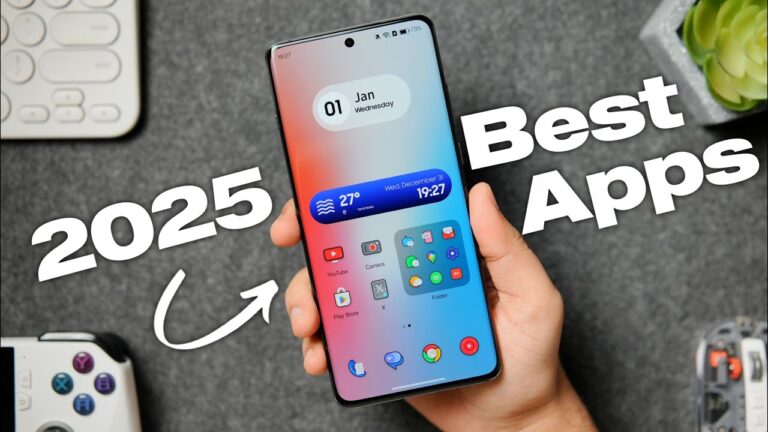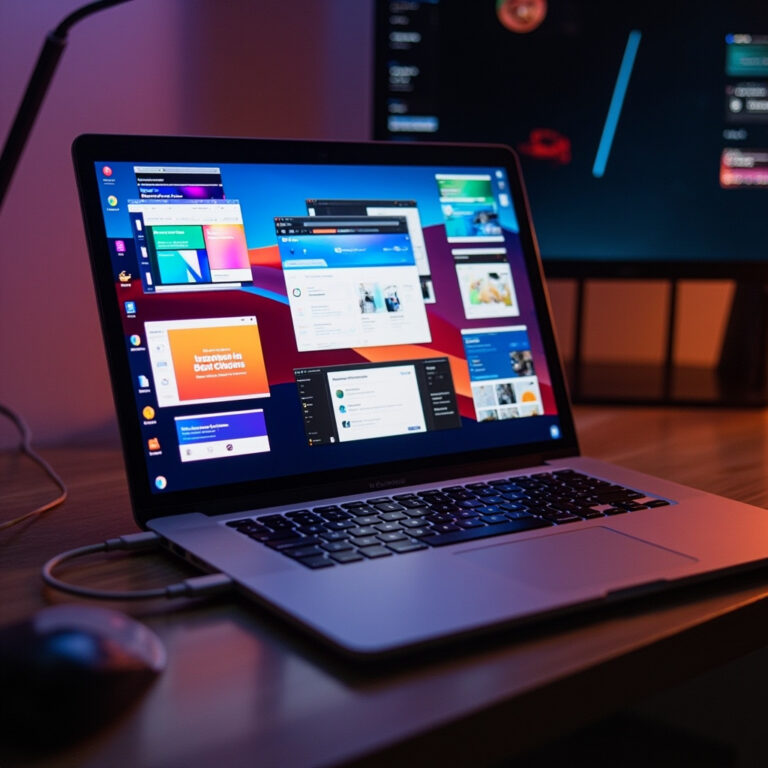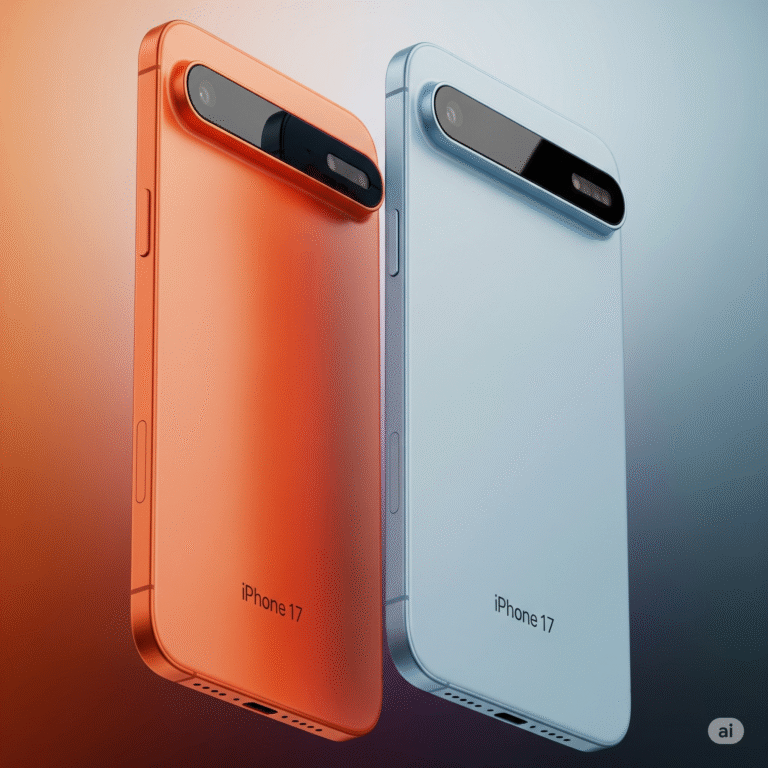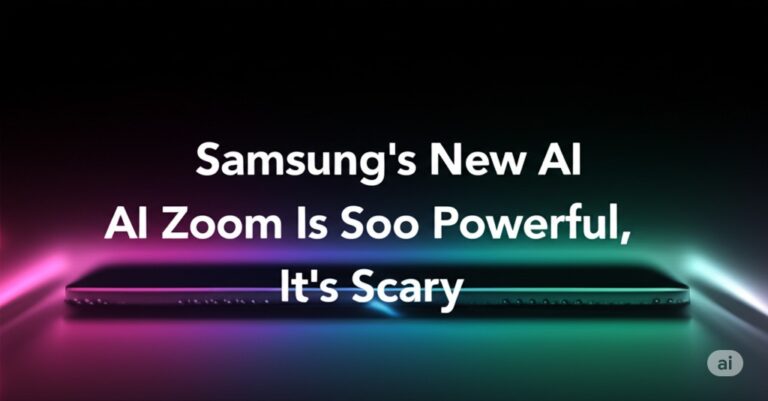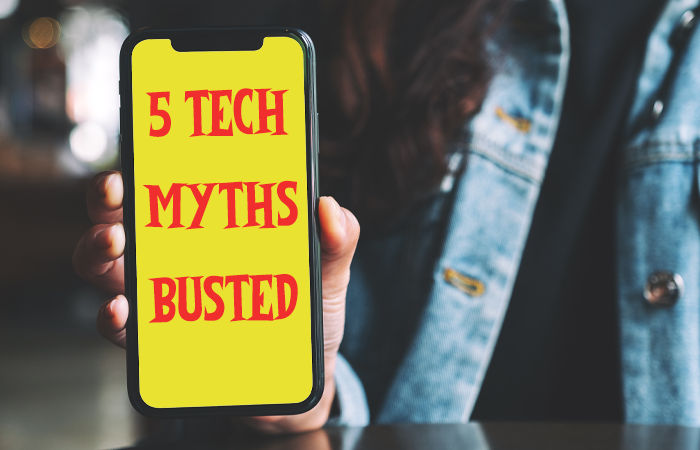
5 Smartphone Myths You Still Believe in 2025
Smartphones have evolved massively over the years — from chunky devices with physical keyboards to sleek, AI-powered slabs of glass. Despite this rapid advancement, some smartphone myths refuse to die. Even in 2025, many users still base their usage habits and buying decisions on outdated or misunderstood information.
Let’s bust five of the most common myths that still persist in the minds of users — and explain why it’s time to update your tech knowledge. Whether you’re thinking about charging habits, app behavior, or camera specs, these misconceptions could be leading you astray.
“More megapixels mean better camera quality.” Not always true. Image processing and sensor size matter far more in 2025.
Tech Expert – AI Review Sphere
Myth #1: Charging Overnight Damages the Battery
This myth dates back to older lithium-ion batteries that lacked the intelligence to manage charging properly. Today’s smartphones, however, come with advanced battery management systems that prevent overcharging. In fact, many phones now feature “smart charging” that slows the charge rate after 80%, completing the last 20% just before you typically wake up.
Unless you’re using a phone from 2015, leaving your phone on charge overnight won’t destroy your battery. Still, it’s a good idea to avoid constant heat exposure — so remove thick cases during charging and keep the phone on a flat, ventilated surface.
Myth #2: More RAM Always Means a Faster Phone
It’s tempting to assume that a phone with more RAM will always be faster. But that’s only part of the picture. RAM helps your phone manage multitasking, but performance also depends on your processor, the type of storage (UFS 2.2 vs UFS 4.0), and software optimization. A well-optimized OS can make a 6GB RAM phone feel faster than a bloated 12GB one.
Additionally, unused RAM is wasted RAM. Android and iOS are both designed to fill and clear RAM dynamically based on usage. Buying more RAM than you need might not bring noticeable speed improvements unless you’re into heavy multitasking, gaming, or video editing.
Myth #3: Closing Background Apps Saves Battery
This is one of the most common smartphone myths — and one that actually harms battery life instead of helping it. Modern operating systems are excellent at managing resources. When you close apps manually, the system often has to reload them from scratch later, using more CPU and more power in the process.
Unless an app is misbehaving or consuming too many resources (check your battery usage stats), it’s best to let the OS handle it. Force-closing apps frequently is more about peace of mind than practical benefit.
Myth #4: You Need a Flagship Phone to Get Good Performance
With mid-range chipsets like Qualcomm’s Snapdragon 7+ Gen 3 or MediaTek’s Dimensity 8000 series, the performance gap between mid-range and flagship devices has narrowed significantly. Features like 120Hz AMOLED displays, stereo speakers, fast charging, and advanced cameras are now common in phones under $500.
Unless you’re a hardcore gamer or need the absolute best camera on the market, a mid-range phone will handle everything from social media and multitasking to light gaming and photography — without breaking the bank.
Myth #5: More Megapixels = Better Photos
A 108MP or even 200MP camera sounds impressive, but high resolution doesn’t guarantee good photos. What really matters is sensor size, pixel binning technology, lens quality, and — most importantly — image processing. Some 50MP cameras on flagship devices take better pictures than 200MP sensors on budget phones because of superior software and processing algorithms.
Always check real-world image samples and reviews instead of just specs. And don’t forget: low-light performance, HDR, and portrait mode are often better indicators of a phone’s camera capabilities than megapixels alone.
So, how many of these myths have you believed? Don’t worry — even tech-savvy users fall for them. The key is to stay updated and base your decisions on how technology works today, not five years ago.
Got more myths in mind? Share them in the comments! And don’t forget to follow AI Review Sphere for more myth-busting insights, unbiased reviews, and daily tech tips!

